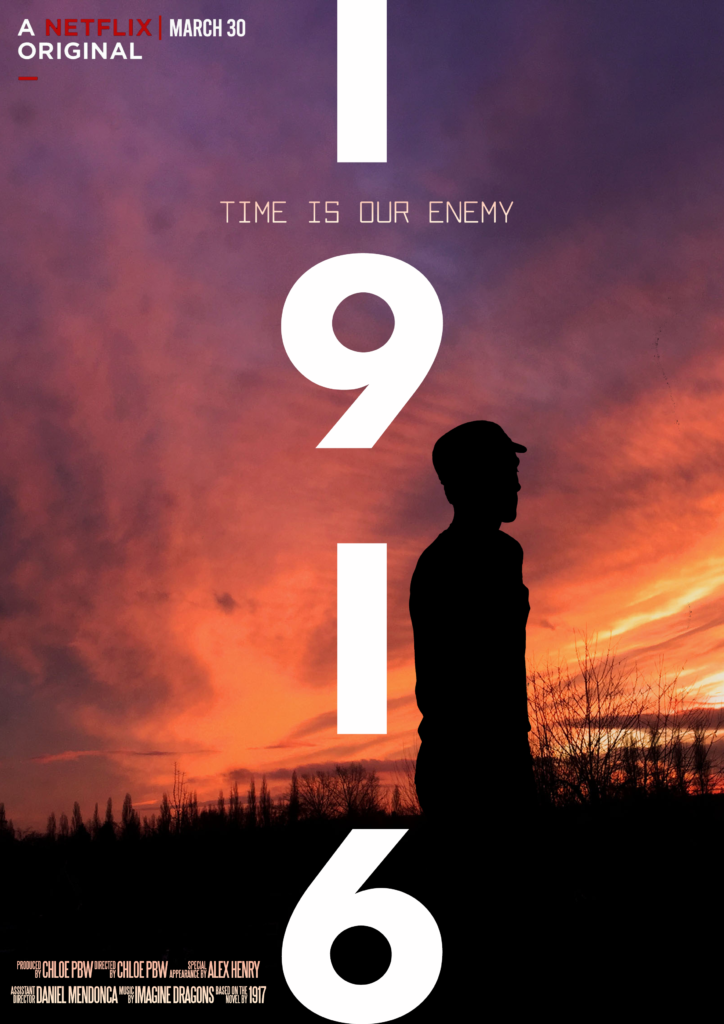Postcolonial Theory :
– Racial Otherness : Gilroy studied the importance of black representation. The ‘ There ain’t no black in the Union Jack relates back to the race relations from the Second World war. Thus where the poster-war wave of immigration from the West Indies produced a series of worries and anxieties regarding immigrant behaviour. The black community are constructed as a racial ‘other’ in the predominantly white world of 1950s Britain. There were worries that immigrant communities would swamp / take over white Britain. These fears were further noted in the news in late 1970s and 1980s and routed the black community with assaults, muggings and other violent crimes.
‘It is not then a matter of how many blacks there are, but of the type of danger they represent to the nation’ – Gilroy 2008
– Post-colonial Melancholia :
-The story of UK race relations post W.W. 2 : In 1950’s, the black community such as Indians and the Caribbean came to England as ‘we’ were in desperate need of filled job spaces.
– Legacy of the Empire : Gilroy suggests that we live in ‘morbid culture of a once-imperial nation that has not been able to accept its inevitable loss of prestige’. England couldn’t accept the fact that it was loosing its empire power.
Ghost Town – BBC:
Quote – “It was clear that something was very, very, wrong,” the song’s writer, Jerry Dammers, has said.
Quote – “I saw it develop from a boom town, my family doing very well, through to the collapse of the industry and the bottom falling out of family life. Your economy is destroyed and, to me, that’s what Ghost Town is about.”
Quote – “No job to be found in this country,” one voice cries out. “The people getting angry,” booms another, ominously.
Specials grew up in the 1960s listening to a mixture of British and American pop and Jamaican ska. 1981, industrial decline had left the city suffering badly. Unemployment was among the highest in the UK. The Specials, too, encapsulated Britain’s burgeoning multiculturalism. It expressed the mood of the early days of Thatcher’s Britain for many.



